The organization Drone Wars UK began recording and compiling data on incidents involving military drones in 2010 and has established a comprehensive database on the topic. In its recent report, it informed that the first half of 2020 has seen a dramatic upsurge in the number of military drones that have either crashed ort been brought down by enemy fire compared to previous years, identifying 41 large military drone crashes/downings for the period compared to 28 for the whole of 2019 and 19 for 2018.
The text below is based on the report released by the Drone Wars UK:
The large number of crashes or downings was “due to the number of drones operated by Turkey and UAE on behalf of the two belligerents in the Libyan ‘civil war’ that have been shot down.” At least fifteen large drones were brought down or crashed in Libya just during the April May period – the actual number may be considerably higher, as only reliably documented incidents are included in the database (though at the same time, the compilers also left out some claims of downed drones that turned out to be false).
Drone Wars documented 25 large military UAVs (NATO Class II and III) crashed in Libya since the beginning of the year of the 41 worldwide, most claimed to have been shot down. 17 of these were Bayraktar TB2 UAVs operated by Turkey on behalf of the UN-backed Government of National Accord (GNA) based in Tripoli, while 8 were Wing Loongs operated by the United Arab Emirates (UAE) on behalf of Khalifa Haftar’s armed forces, known as the Libyan National Army, the armed forces of the UN-backed Parliament (the House of Representatives, based in Benghazi in the west of the country after a dispute with the factions controlling the ‘UN-backed Government’).
Both sides, on at least one occasion, have shot down their own drones by mistake. It appears that the Pantsir-S1 mobile air defence system supplied to Haftar’s forces by UAE was responsible for several of the Turkish drones that were shot down, before Turkish drones managed to destroy them.
In addition, three Turkish Bayraktar TB2 drones have been documented as crashing or being brought down in Syria in February and March, bringing the total to 23 confirmed Turkish drone crashes for the first six months of 2020.
The Bayraktar TB2 is manufactured by Baykar Makina, has a length of 6.5metres, a maximum take-off weight of 630kg and a maximum speed of 70 knots. It reportedly has a flight range of 150 kms, and its first reported flight was in 2014. It is used by the Turkish Air Force and Gendarmerie and the Ukraine Air Force at a cost of around $5 million per unit.
The aircraft features a hard point under each wing, that allow for the carrying of various ordnance types including Anti-Tank Guided Missiles (ATGMs) as well as Laser-Guided Bombs (LGBs). Beyond the ability to self-designate and strike at ground targets, the series has also been used to laser-designate missile targets for Turkish Army attack helicopters like the American-made Huey Cobra. LINK
The Wing Loong drone has two versions. The Wing Loong I is built by Chengdu Aircraft Industry Group, its first flight was in 2009 and it is used by the Peoples’ Liberation Air Force, the Royal Saudi Air Force, the Egyptian Air Force, the UAE Air Force and the Pakistan Air Force. It serves as an aerial surveillance and reconnaissance platform and can also carry air-to-surface weapons including the BA-7 air-to-ground missile, laser guided bombs and anti-personnel bombs. Its maximum payload is 200 kilograms. The Wing Loong II entered into service in 2018 and can carry up to twelve air-to-surface missiles. Both versions have been reported as operating in Libya.
The large number of drone incidents in Libya reflects the preponderant role they have played in the conflict. With nearly 1,000 air strikes conducted by drones, UN Special Representative to Libya Ghassan Salame called the conflict “the largest drone war in the world”. LINK
Chinese-made Wing Loong drones are reported to have arrived in Libya in 2016 to enhance the LNA’s military capabilities. They were first deployed in combat in the battle for the city of Derna in eastern Libya, where the drones had a decisive impact on the outcome as LNA forces battled fighters from the Shura Council of Mujahideen.
The Wing Loong drones, reportedly operated by pilots from the United Arab Emirates (UAE) and flown out of the Al Khadim airbase in the east, have a combat radius of 1,500km (932 miles), and can carry precision-guided missiles and bombs.
However, the tide of battle began to turn late last year as Turkey began sending large quantities of weapons, fighters and materials to the GNA forces. Among the weapons were a significant number of Turkish-made armed drones, the Bayraktar TB2. Although they are smaller than the Chinese made Wing Loong and have a much shorter range, they were more than adequate for striking enemy positions and supply lines as they were located close to the GNA’s airbases, which were secured by Hawk missiles as well as other air defence systems.
Elsewhere, Drone Wars recorded a US Gray Eagle that crashed in Niger on April 23, the second for the year year. In May, a US Custom and Border Patrol (CBP) Reaper crashed during landing in Texas while social media reported a US drone crash in Iraq at the end of June although the latter incident has not been confirmed.
According to available information, before the spike in drone activity in Libya the US was involved in most cases. The actual number of US military drones that have crashed or been brought down is however difficult to confirm, as they are active just about everywhere and often involved in secret operations. Moreover, the release of official Accident Investigation Board (AIB) reports into crashes of US drones continues to be delayed.
The latest report, released in January this year, detailed a crash from September 2018. However, at least 15 large US military drones are known to have crashed since then and there are other incidents that have gone unreported in the media. For example, the June issue of ‘FlightFax’, the US Army Aviation safety newsletter, details that the army’s version of the Predator drone, the MQ-1 Gray Eagle, had 9 ‘Class A’ accidents in Fiscal Year 2019 (Oct ’18-Sept ’19) and, so far, a further 5 in Fiscal Year 2020 as well as other less, serious crashes.
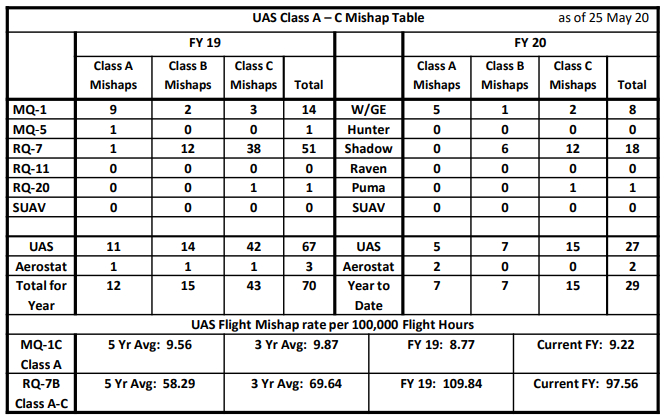
Number of US drone crashes reported by FlightFax. IMAGE: dronewars.net
MORE ON THE TOPIC:




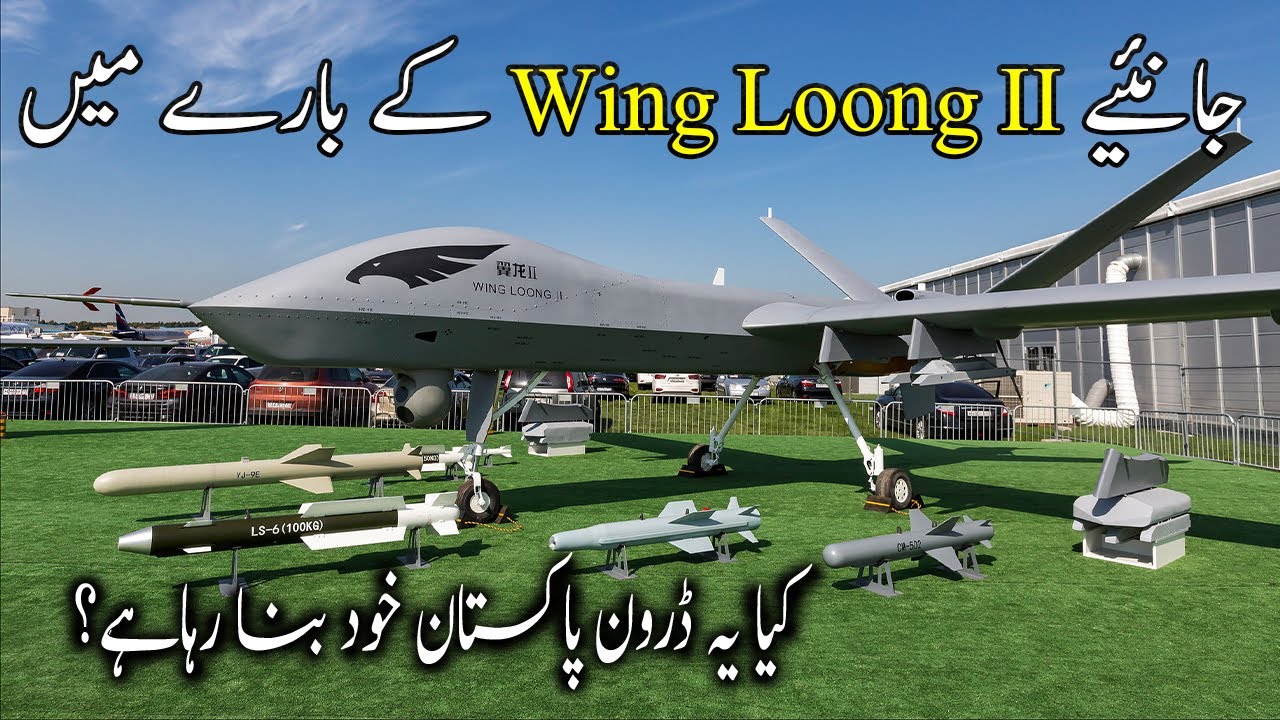
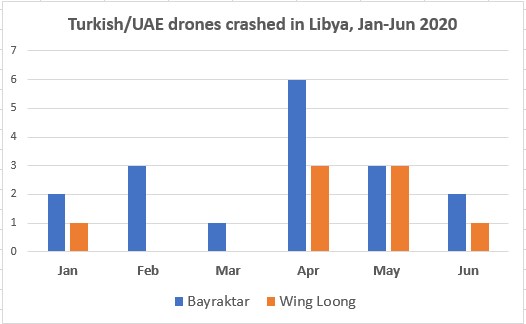
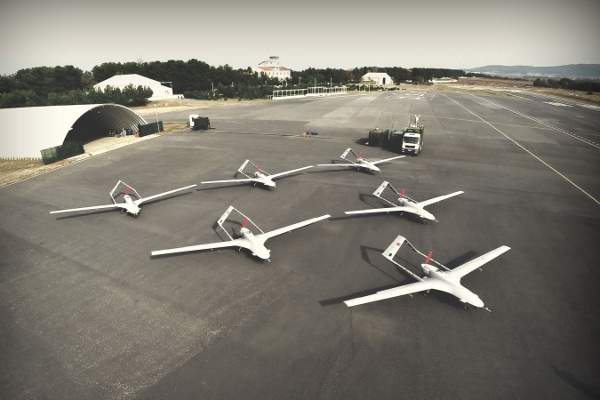
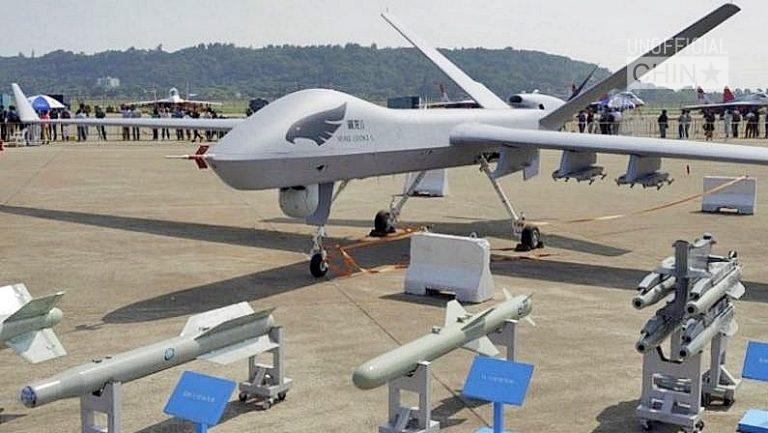
Drone wars is a picture of what’s coming in the future
It’s already here
It’s a picture of much larger scale
I can’t wait for the acumulators to be powerful enough so we can all make our own electric guns and bypass the fire weapons ban.
First this virus now soon many strange things will happen in wars also as it seems now from drones to different kind of weapons
are drones effective? Serb forces created cardboard tanks and added some tin foil—US pilots bombed them and couldn’t find the actual tanks, hidden with hay…Russia uses inflatable tanks, etc decoys also—and the Israelis/turkey/amerikans actually claim that cardboard tanks are dangerous Iranian weapons…they claim success when they bomb cardboard—expected from paper tigers